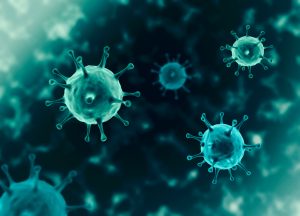
What we KNOW about this new variant
This list won’t be long, because we don’t know that much about Omicron. We are aware of the fact that in South Africa there are a lot of cases. According to several sources, from an average of fewer than 300 cases of patients infected with Covid-19 in early November, it went to more than 2,000 cases a day by the end of the month.
Researchers are looking for answers and they are trying to find what exactly had triggered Omicron. There are people infected with this variant in other countries as well, such as the United Kingdom, Australia, Israel, and Hong Kong. On the first day of December, the first case of a patient infected with the Omicron variant popped up in California, United States of America. The person infected is vaccinated and recently returned from South Africa.
Not all cases of Omicron are related to traveling to South Africa. For example, there are places around Europe, such as the United Kindom, where people are infected with this virus but haven’t been to South Africa. According to Müge Çevik, an infectious diseases physician and virologist at the University of St. Andrews in Scotland, it is possible that this variant started spreading person-to-person in many communities for about a month.
If you think about it, it’s just like at the beginning of 2020, when we found out the news that the new coronavirus was spreading to countries outside of China.
What we DON’T KNOW about this new variant
This list is going to be a lot bigger than the previous one. That is because scientists are still trying to figure out what is with this new variant, that seems twice as dangerous as the Delta one.
We have no clue if Omicron is more transmissible than any other variants or how well it can evade virus-attacking antibodies. We have no idea if the vaccines are going to properly fight against this variant, but we know that they can help.
Scientists can’t tell for sure how likely reinfections might be or how many disasters this variant is going to make. At the moment, the delta variant is the dominant variant around the globe, but it might or might not be dethroned by the newest one. Nobody can say anything for sure, because when Omicron had emerged in South Africa, the number of cases of patients infected with this deadly virus was quite low.
In conformity with Müge Çevik, it is better that Omicron spiked up when the cases were lower in South Africa. That is because it gives researchers the possibility to identify and analyze better clusters when the number of infections is lower.
One thing we know for sure: that this is not over! We have no idea what is going to happen next, but we need to use all the health tools we have at our disposal. This includes masks, getting tested, social distancing, and getting vaccinated.











































